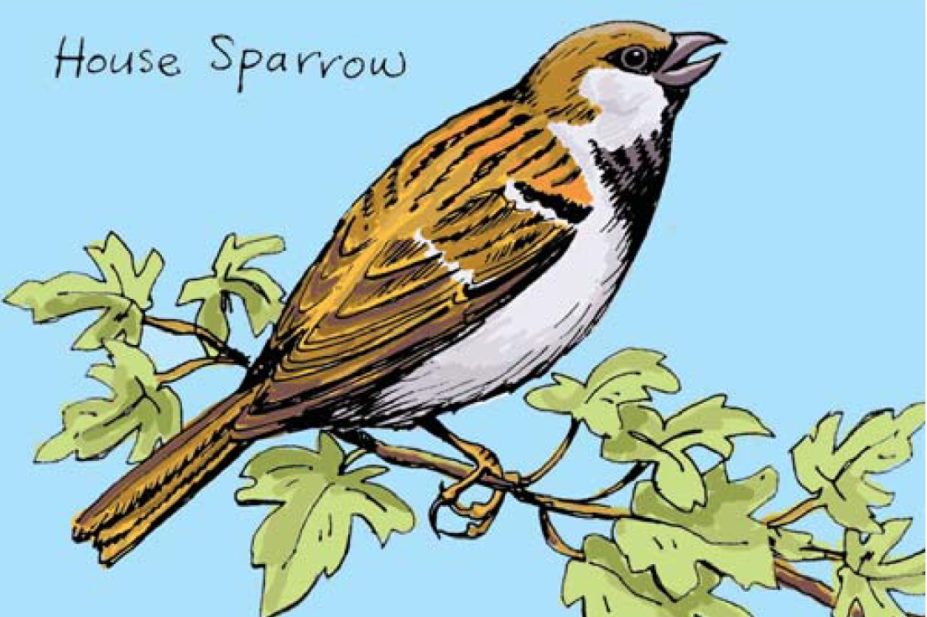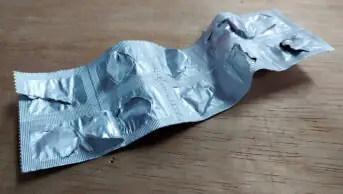
This content was published in 2005. We do not recommend that you take any clinical decisions based on this information without first ensuring you have checked the latest guidance.
The Royal Society for the Protection of Birds held its annual Big Garden Bird Watch last weekend, when people were asked to count the birds they saw in one hour in their own gardens or a local park. One formerly common garden bird that observers may well have failed to spot is the house sparrow, whose numbers have declined at a disturbing rate over recent years.
Britain’s house sparrow numbers have fallen to less than half since the 1970s,the massive decrease being especially marked in south-east England. And in towns and cities the decrease is more rapid than in the countryside. Greater London lost 70 per cent of its house sparrows between 1994 and 2001.
The house sparrow is currently the subject of an RSPB appeal. Donations will support research to find out what has gone wrong for the species and how to restore its numbers. Possible reasons for the decline include a shortage of insects for the chicks in summer, a lack of seeds for fledglings to eat when leaving the nest or for adults at other times of the year, a shortage of suitable nest sites, environ-mental pollution by chemicals or possibly some avian disease.
Immediate research is being directed towards dietary requirements, particularly in winter and in summer. The hatching of eggs is also being studied, together with the development and mortality of chicks, and survival into the flying stage. The value of providing seed in gardens is being observed, in particular since this practice offers a safeguard against winter mortality.


